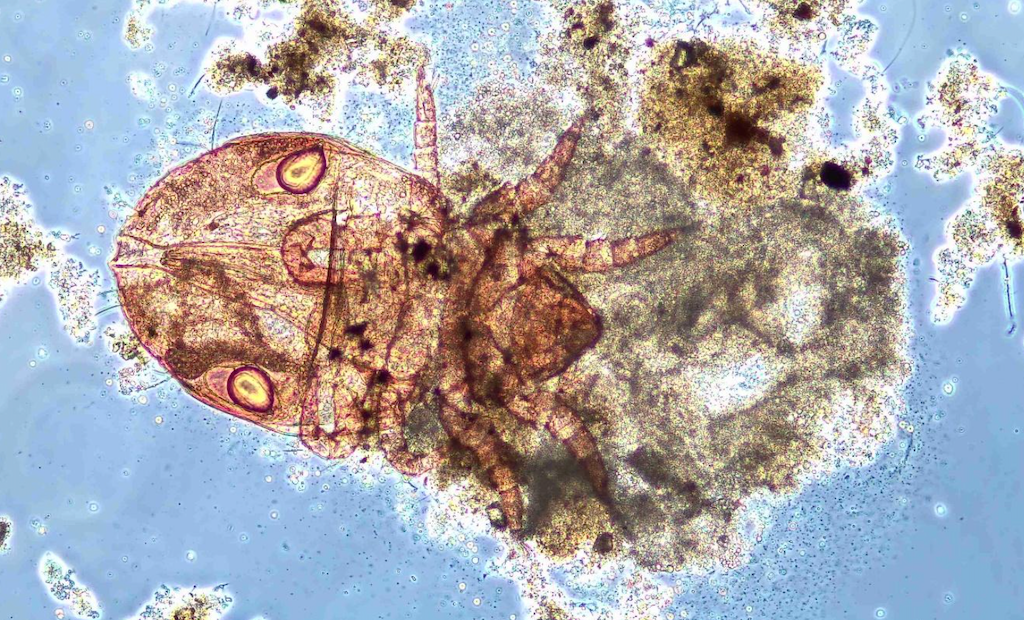Interested in Education/Training?
Get Education/Training articles, news and videos right in your inbox! Sign up now.
Education/Training + Get AlertsWater mites are occasionally found in biological wastewater treatment processes with higher sludge retention time values (such as fixed-film systems) and represent good overall health. While somewhat poorly understood, water mites have been used as bioindicators for the general health of various water bodies throughout the world. Water mites are more closely related to spiders and other land dwellers than the bacteria found in wastewater treatment systems and are recognized as arthropods.
Recent estimates cite over 6,000 water mite species from over 50 families in a wide range of colors. Water mites reproduce sexually and go through several stages before reaching adulthood in which they are generally attached to a host animal or plant. Most adult water mites are predatory and prey on other water mites, small crustaceans, eggs and larvae of aquatic insects, nematodes, rotifers or earthworms. When feeding, water mites bite their prey, inject a digestive enzyme which liquefies tissue, then suck out the contents.
Water mites are not recognized to commonly cause problems in wastewater treatment systems, however, their occasional presence is most often associated with higher SRT values and good general overall health.






